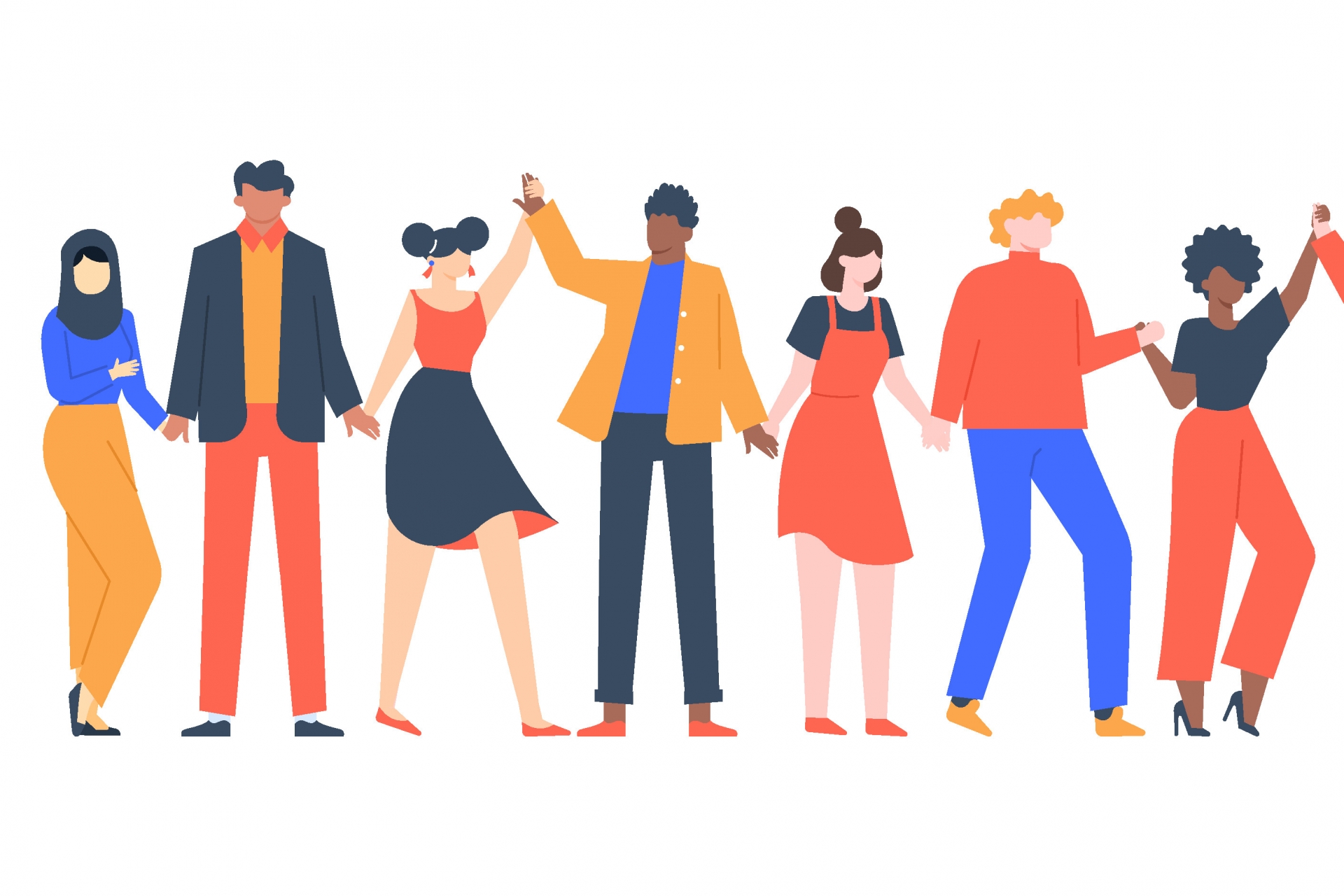Our earliest perceptions of the world and its cultures are shaped by the books we read and it is essential that children see a true reflection of our society in the literature recommended and available to them.
An absence of an inclusive range of role models or characters in our books risks deterring children from minority backgrounds from the joy and enrichment that a love of reading can bring.
Books create belonging. They help us see each other and understand one another. They shine a light on the world.
It’s vital that the books we read in our formative years reflect the rich diversity of the society we live in.
So you've heard of Lit in Colour and you want to know more.
Lit in Colour was created in 2020 by Penguin Books UK and race equality think tank, The Runnymede Trust to help do just that.
Their recent research tells us that there is a need for children to study texts within a curriculum that is much more representative of our diverse society.
Nearly every young person studies English until the age of 16. It is a mandatory subject yet just 1% of GCSE English literature students study a book by a writer of colour. 1%. It’s shocking.
#LitinColour aims to help change that.
In collaboration with The Runnymede Trust, #LitinColour supports primary and secondary schools to make the teaching of English literature more inclusive. Their new research examines the problem and makes practical recommendations for change.
As author Bernardine Evaristo comments: “Literature is a curator of our imaginations, and schools are the caretakers of our young people’s education.
They are currently being denied access to the glorious, outstanding and often ground-breaking narratives coming out of Britain's Black and Asian communities.”
We recently published a feature on why reading is good for you by Joanne Owen and number one on the list is that we read in order to be a better human being.
A number of scientific studies show that readers of fiction have greater empathy than non-readers, essentially because reading improves a person’s capacity to put themselves in other people’s shoes - an offshoot of becoming invested in protagonists encountered in fiction.
Alongside that overriding experience of living-through-others, the act of reading fiction also enables us to feel what others feel. Joy, grief, anger, hope - the full gamut of human emotions. This in turn helps us deal with experiencing such emotions, and helps us be more understanding when others experience them. In short, reading gives us greater emotional intelligence, which might be translated as helping us to be better human beings.
So, what can we do?
Take a look at your own child’s bookshelves to see how many books you have by Black, Asian or minority ethnic writers.
If you have a younger child, look at how many of their books feature a main character who is not white?
Have this front of mind when you next buy books or borrow from your local library.
Here at LoveReading4Kids we always champion diversity. We have curated an exciting and diverse list of books to help build understanding, empathy and tolerance of our different backgrounds and that also entertain and celebrate our rich, shared cultural heritage. Check out our Diverse Voices – Children’s Books That Celebrate Difference collection for some great reads
If you'd like to find out more about Lit in Colour, you can download the full research and find out how you can contribute here



Comments (0)
Leave A Reply
You must be logged in to post a comment.